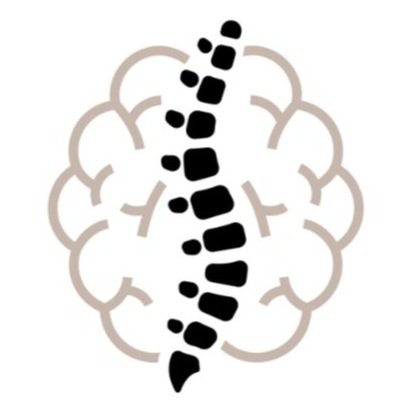Breathe Easy: The Vital Role of Proper Breathing and Posture
In our busy lives, we often forget about simple things like how we breathe and sit or stand. But these small things can affect how we feel and how much energy we have. Two important parts of feeling good are breathing with our diaphragm and keeping our pelvis in a neutral position. Let's find out why these are important and how you can use them every day.
Foundation of Balance: Finding Your Pelvic Neutral
Pelvic neutral is the position of the pelvis that supports the spine's natural curves, creating a balanced and healthy posture. Finding this midpoint helps prevent excessive arching or flattening of the lower back.
Why It Matters
Supports Spine Health: Proper pelvic alignment reduces the risk of back pain and spinal issues.
Improves Posture: Encourages an upright stance, preventing slouching and promoting confidence.
Aids in Movement: Ensures that daily movements are efficient and balanced, reducing strain on the body.
Enhances Pelvic Pressure and Core Stability: A neutral pelvis works in harmony with core muscles to maintain stability and strength.
How to Find Your Pelvic Neutral
Lie or sit comfortably with your knees bent and feet flat on the floor.
Sitting position: Place your hands on your hip bones and imagine you are holding a bowl. Tilt your hip bones forward as if you are spilling water forward from the bowl and then repeat the opposite way. Find the midpoint from those two movements, imagining that your bowl can keep the water at a level position.
Lying position: Tilt your pelvis back and forth between flattening your lower back against the floor (posterior tilt) and arching it (anterior tilt). Find the midpoint where your spine feels naturally aligned—this is your pelvic neutral.
The Essential Breath: Diaphragm Breathing
Diaphragm breathing, also known as abdominal or deep breathing, involves using the diaphragm muscle located between the chest and the abdomen. Unlike shallow breathing, which uses the upper chest and shoulders, deep breathing involves a full expansion of the lungs, leading to more efficient oxygen exchange.
Why It Matters
Reduces Stress: Deep, rhythmic breathing stimulates the parasympathetic nervous system, promoting relaxation and reducing stress.
Enhances Oxygen Delivery: More oxygen reaches your organs and muscles, improving overall health and stamina.
Improves Mental Clarity: By ensuring adequate oxygen supply to the brain, it can enhance concentration and mental performance.
Supports Respiratory Health: Regularly engaging the diaphragm helps keep the lungs flexible and strong.
How to Practice
Sit or lie down comfortably.
Place a hand on your abdomen and the other hand on your chest.
Inhale deeply through your nose, allowing your belly to rise and pushing your diaphragm downwards. You should feel your belly rise first.
Exhale slowly through your mouth, feeling your belly fall and your chest descend.
Integration into Daily Life
Combining diaphragm breathing with pelvic neutral positioning can lead to profound changes in how you feel and function. Here’s how you can integrate them:
Mindful Moments: Take breaks throughout the day to focus on deep breathing while standing or sitting with good posture.
Exercise Routine: Incorporate breathing exercises and posture awareness into your workout to enhance performance and recovery.
Work Environment: Set reminders to check your posture and take a few deep breaths, especially during long periods of sitting.
By focusing on diaphragm breathing and maintaining a neutral pelvis, you're investing in your long-term health and well-being. These practices not only support physical health but also enhance mental clarity and emotional stability. Small, mindful adjustments can lead to significant improvements, helping you live a more balanced and energized life. So, take a deep breath, align your posture, and embrace the benefits of a mindful approach to breathing and posture.
Want help finding the more aligned, balanced, energized you? Click below for your free 15-minute phone consult.
References:
Mayo Clinic Health Letter Editors. (2024, December 20). Belly breathing: Breathing more deeply can bring significant health benefits. Healthy Aging.
Chaddha, A., Modaff, D., Hooper-Lane, C., et al. (2019). Device and non-device-guided slow breathing to reduce blood pressure: A systematic review and meta-analysis. Complementary Therapies in Medicine, 45, 179-184.
Hopper, S. I., Murray, S. L., Ferrara, L. R., et al. (2019). Effectiveness of diaphragmatic breathing for reducing physiological and psychological stress in adults: A quantitative systematic review. JBI Database of Systematic Reviews and Implementation Reports, 17(9), 1855-1876.

